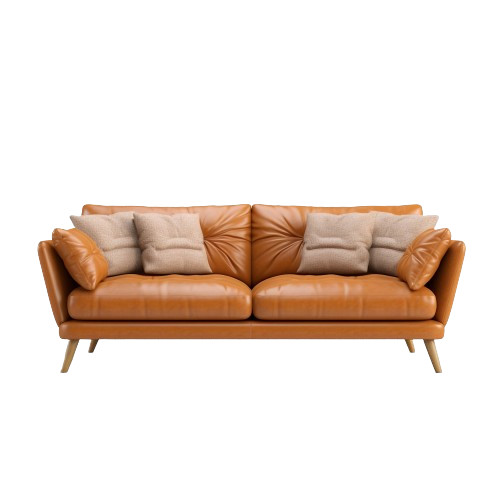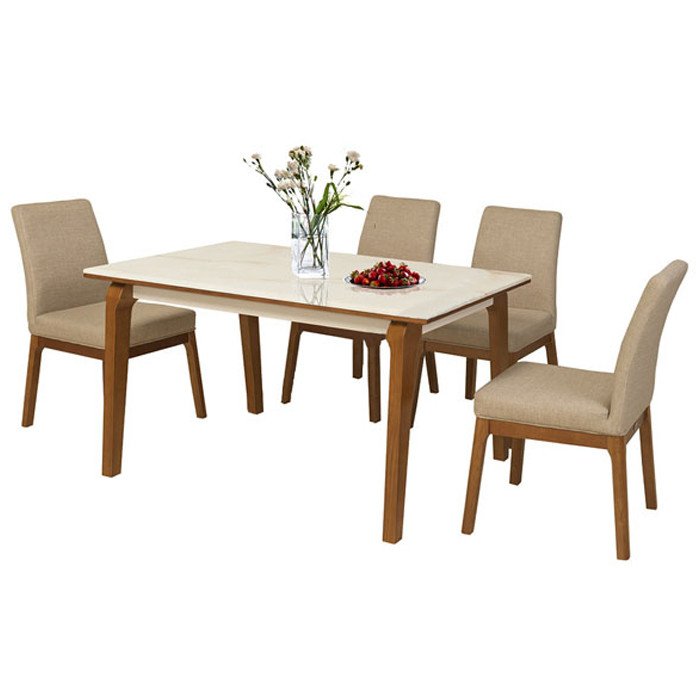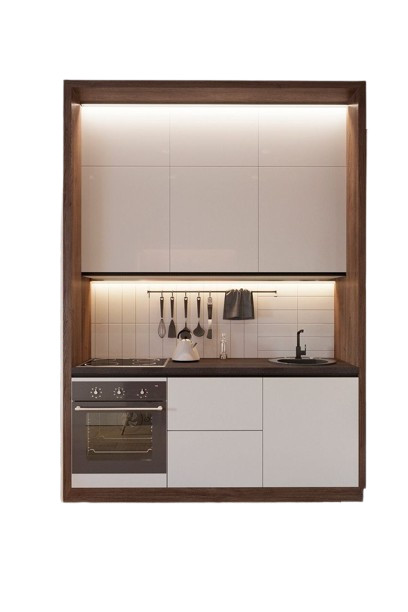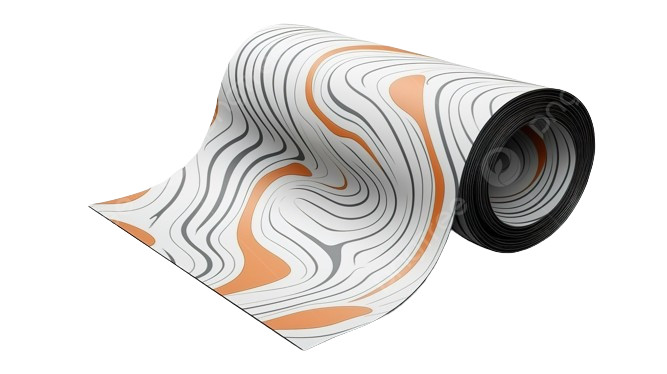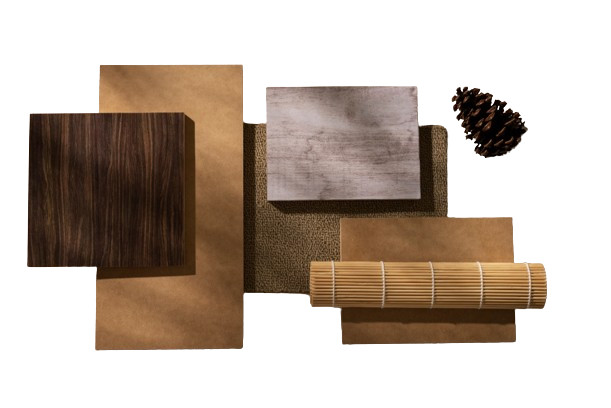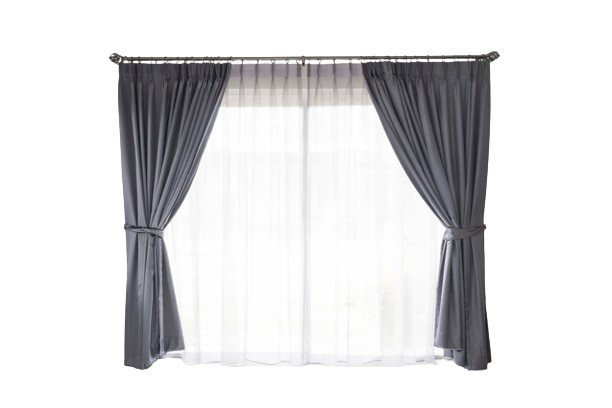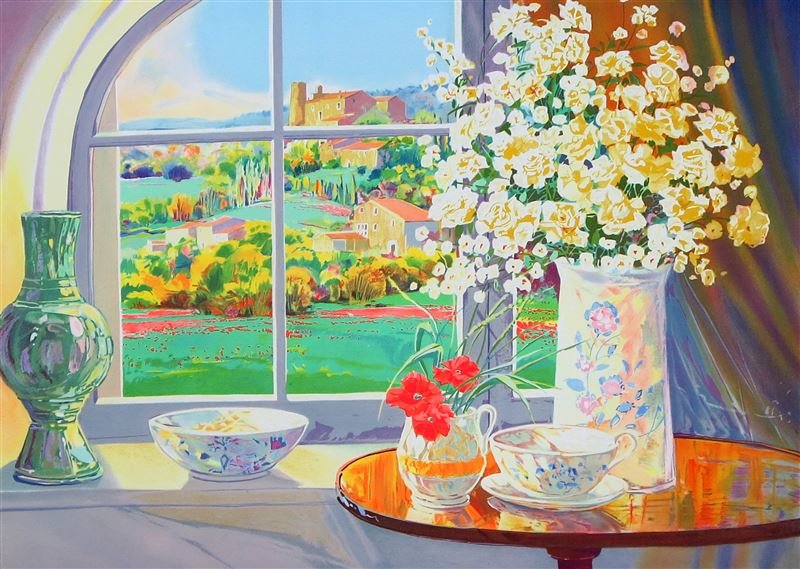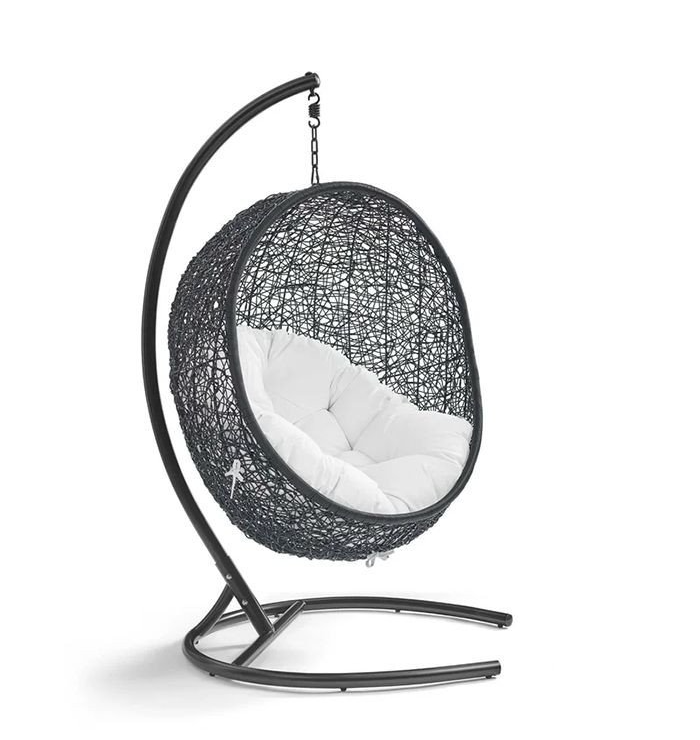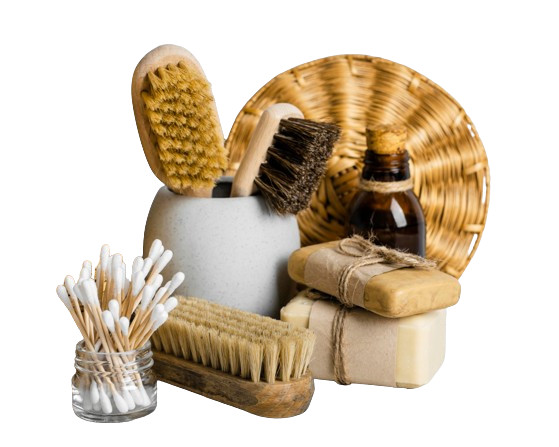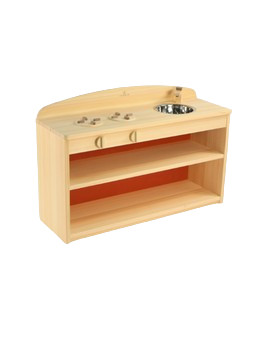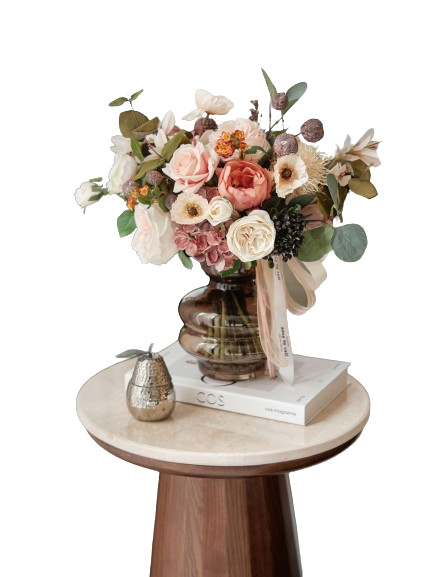CHASHITSU 茶室
ART OF JAPANESE TEA CULTURE
When we approach the culture of the land of funerals, the tea ceremony ceases to seem unusual. But the Tea Room—the designated area for enjoying the Tea Ceremony—is just as much a part of the Tea Ceremony's "beauty" as the traditional tea-making process and the flavor of the tea leaves. A well-designed tea room will improve not only the flavor of the tea but also the leisure and tranquility that the person drinking it will experience.
1. What is “Chashitsu (茶室)”?
Chashitsu (錕屋) - A tea room is a space dedicated to the tea ceremony's consumption. The host extends an invitation to their guests to partake in tea following the ceremony's customs. Japanese folks typically display photos, poems, or couplets on the wall in their tea rooms. There are Tatami mats stretched out on the floor. Describe a Tatami mat, please. Let's investigate as a group!

Traditional Japanese homes employ tatami, a rectangular mat composed of tightly pressed dried straw, to cover their floors. A sedge mat serves as the outer layer covering the pressed straw. To give the impression of coolness, the edge of the Tatami mat is covered in either plain or woven fabric, usually in a green hue. These days, people replace straw with chemical compounds for increased durability and insulation. Straw mats have the drawback of being easily attracted to insects, which can irritate and trigger allergies in visitors with sensitive skin. Nonetheless, utilizing a straw mat will make us feel more attuned to nature, uncomplicated, rustic, and cozy.


A wall niche known as a Tokonoma is where people hang parallel words, poetry, and occasionally artworks in addition to the Tatami mats spread out on the floor in Japanese tea rooms. They specifically set out a vase of flowers in the Chabana style (錕銱), which is akin to Ikebana in that it recognizes and values the appropriate seasonal blossoms. But compared to Ikebana, Chabana tends toward a wilder, more organic beauty. Kakejiku, a blank canvas, is located next to Chabana. The Japanese will adhere to calligraphy, symbolic couplets, or natural paintings based on the occasion.
2. What is “Chatei (茶庭)”?


Chatei (茶庭) – A tea garden is a garden surrounding a tea house, including the tea house. Besides ornamental plants, in the garden, there are also objects such as Tsukubai - a type of stone water basin, Tourou - lights that illuminate the walkway at night during the tea ceremony, and Tobiishi - rocks arranged to form the walkway. into the tea room…
Tsukubai is a stone water basin where people carve out a hollow space to hold water. A wooden ladle is set on top of the stone basin to collect water for hand washing. Tsukubai is situated directly beside the entrance to the teahouse. The visitors will cleanse themselves by washing their hands and mouths with water from the Tsukubai stone basin before proceeding into the tea chamber to carry out the tea ritual.

During the tea ceremony at night, a stone lantern known as a Tourou is used to light the walkway. Tourou lanterns provide an atmosphere that is cozier and more opulent than standard lighting. In addition, visitors who come to have tea get a sense of warmth and relaxation from the soothing light.


Often seen in Japanese gardens, Tobiishi are boulders arranged to create a roadway so that people can walk on them without trampling on grass or plants. It is also transformed into a path that leads to the tea room.

3. What is the difference between Chashitsu (茶室) and Chatei (茶庭)?
The aforementioned investigation indicates that space is the most noticeable distinction between a tea room and a tea house. The space of a tea house integrates the space of the tea room and the garden surrounding the tea room if it is limited to a room with at least 4.5 Tatami mats. Only tea can be consumed in a teahouse, but in addition to that, we can execute the tea ceremony there and take in the surrounding natural beauty while sipping tea. That is the primary distinction between a tea house and a tea room.

The tea house's interior design is quite Japanese; it's formal but comfortable and uncomplicated. Regarding the tea house, it is a room with a tea room and a natural setting. such as water, rocks, decorative plants, etc., will foster a sense of comfort and relaxation.
4. The trend of Chashitsu (茶室) and Chatei (茶庭) today
In addition to traditional Japanese-style teahouse designs, a wide variety of teahouse styles are becoming more and more prevalent. A tea room, for instance, combines traditional and classic elements with a dash of modern design: The Japanese integrate the tea room into their living area, placing it in a corner of the dining room or living room.

There is no doubt the ingenuity and adaptability in modifying the tea room area to fit every person's requirements and tastes, whether it is traditional or modern in style. In addition to revitalizing and diversifying the tea room, this makeover preserves the traditional beauty of the area. The experience for the guests is thus more vibrant and new. Through 3D drawings at this URL https://momento360.com/e/u/cb6320e2a79042849112d4b1f64804ca?utm_campaign=embed&utm_source=other&heading=0&pitch=0&field-of-view=75&size=medium&display-plan=true, let's explore and experience Chashitsu (錶屋) with Adorn Museum.
ADORN MUSEUM
Location: O-1, TM.01, 1st Floor, Orchid 1 Tower, Hado Centrosa Garden No.200 3/2 Street, Ward 12, District 10, Ho Chi Minh City, Viet Nam.
Hotline: (+84) 28 3930 3428
E-mail: support@adornmuseum.com
Operation time:
8:30 - 17:30, Monday - Friday & 8:30 - 12:00, Saturday


